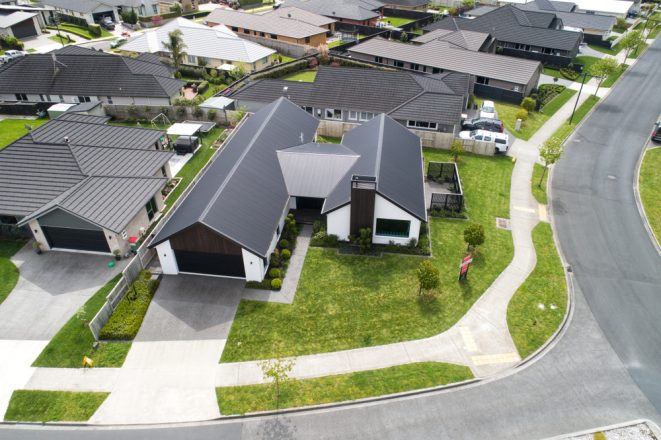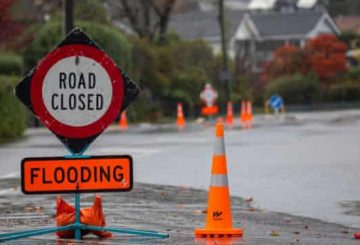신규주택은 주택시장 냉각을 위한 세법 변경에서 20년간 면제되지만 장기임대 개발업자에게는 인센티브가 주어질 수 있다.
정부는 부동산 투자자들이 주택담보대출에 대한 이자를 기타소득과 상쇄할 수 없도록 하기 위한 조치에서 어떤 부동산이 면제될 것인지를 명확히 했다.
투자부동산에 대한 소득세 과세표준의 연장을 포함한 이 정책은 3월에 발표되었지만 세부적인 세부 사항은 부족했다.
그랜트 로버트슨 재무장관은 그 정책이 다른 유형의 자산을 희생시키면서 부동산 투자에 대한 인센티브를 줄이는 것이라고 말했다.
“초기 징후는 기존 주택 투자 부동산에 대한 열기가 시들해질 수도 있다는 것을 시사한다.”
그는 첫 번째 주택 구매자들에게 유리하게 기존 주택들을 위한 경쟁의 장을 마련하는 것이 목표라고 말했다.
“세금은 주택 문제의 원인이나 해결책이 아니지만 영향력이 있으며 이는 정부의 전반적인 대응의 일부이다.”
신축 주택은 부동산이 준수 증명서를 발급받은 시점부터 20년간 이자율 공제를 받을 수 있다.
이번 세금감면 혜택은 지난 주 키위재산그룹이 발표한 장기임대차 개발에도 적용될 것으로 보인다.
“신축과 부동산 개발에 대한 면제는 이자 제한 규정이 신규 주택의 지속적인 공급을 감소시키지 않도록 보장할 것이다”라고 메간 우즈 주택부 장관은 말했다.
현행 민간투자부동산 금리공제 조항이 4년에 걸쳐 단계적으로 폐지된다. 배경 정보는 Internal Revenue 웹 사이트에서 확인할 수 있다.
올해 정부와 준비은행이 연 25% 이상의 주택가격 상승을 억제하기 위해 취한 조치들 중 가계주택 이외의 주택용 부동산 매매에 대한 세금 이득과 은행 주택담보대출의 담보인정비율 강화로 시험선을 확대하고 있다.
부동산 투자자 기관의 지원
Sharon Cullwick 부동산투자자연맹 회장은 명확한 정의를 통해 소유권이 바뀌더라도 새로운 부동산으로 남을 것이라는 것을 의미하기 때문에 이러한 변화를 지지했다.
그녀는 또한 세부적인 사항들이 회원들의 포트폴리오에 어떤 변화를 주기 전에 더 큰 확신을 줄 것이라고 말했다.
그러나 세금 비용에서 면제되지 않은 투자자들은 회복해야 하는 상당한 비용을 직면하게 될 것이기 때문에 이 규칙이 “2단계” 부동산 시장을 만들 수 있다고 경고했다.
“우리는 그것을 고객들에게 돌려받을 것이고, 우리의 고객들은 임대인이라는 것을 의미하는데, 이것은 이 발표 이후 계속 올라가고 있는 임대료가 이 비용을 지불하는데 도움을 줄 것이라는 것을 의미한다.”
차터드 회계사 호주-뉴질랜드의 존 커스버트슨 세무사장은 이러한 변화가 많은 사람들이 기대했던 것과 일치한다고 말했다.
그는 “새로운 체격”의 정의는 광범위하고 합리적으로 관대하다고 말했다.
“사람들은 새 건물이 어떤 부지에 새 집을 짓는 것 이상의 것을 포함하는지 확실히 알기 위해 규칙을 분명히 읽어야 한다. 주택 기준이 운송이 가능한 집일 수도 있고, 모듈식 집일 수도 있으며, 새 건물로 취급될 새 코드 준수 인증서를 받는다면, 현장으로 이전되는 오래된 집일 수도 있다.”
그는 이 법에 빈틈이 있는지 지켜볼 것이라고 말했다.




























































